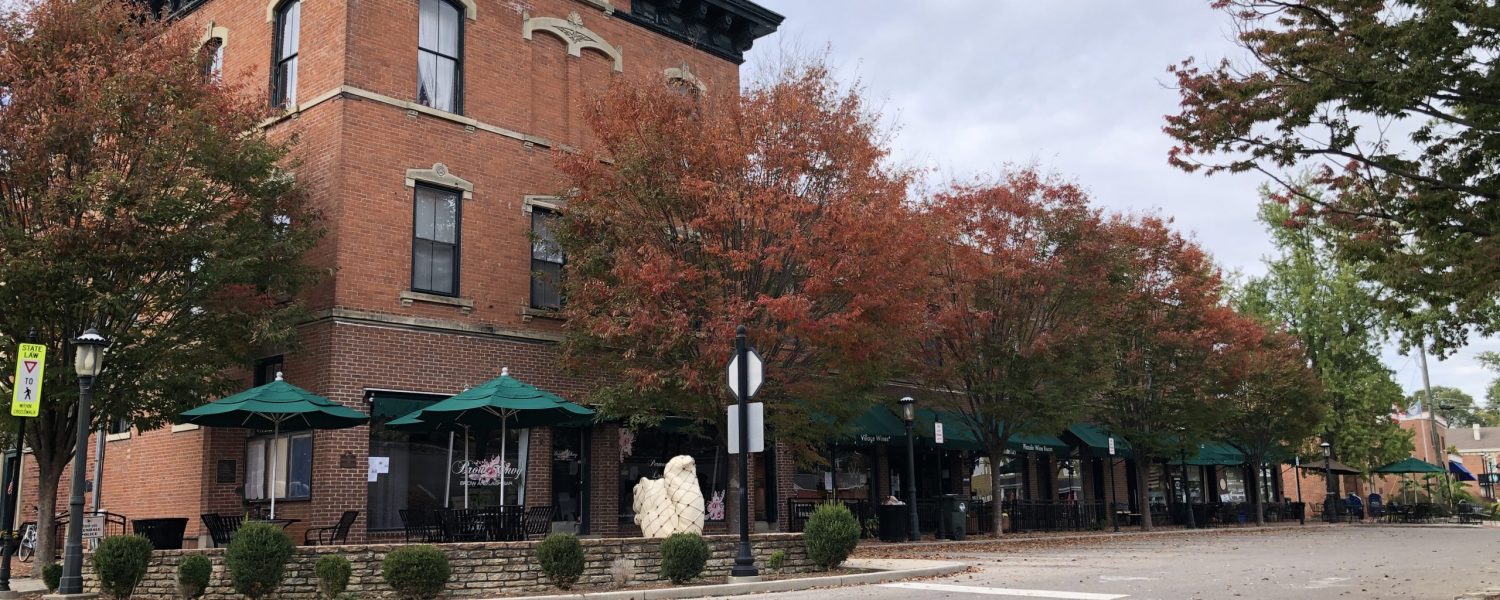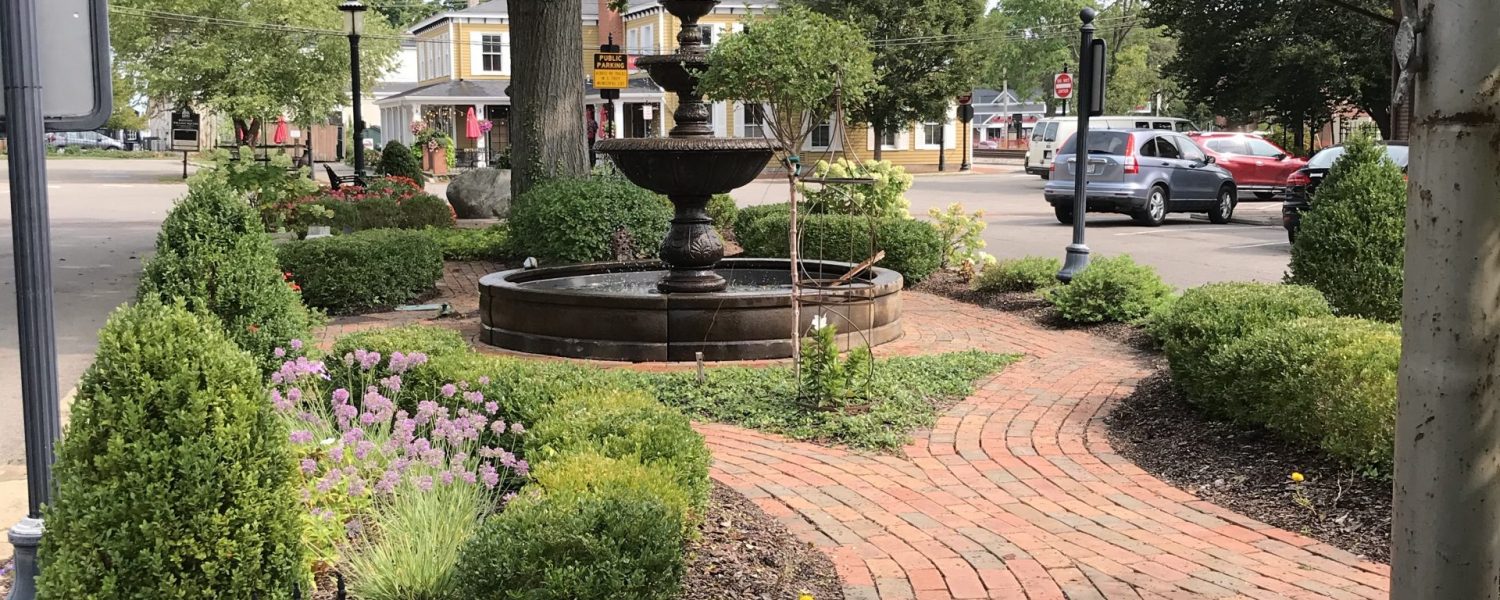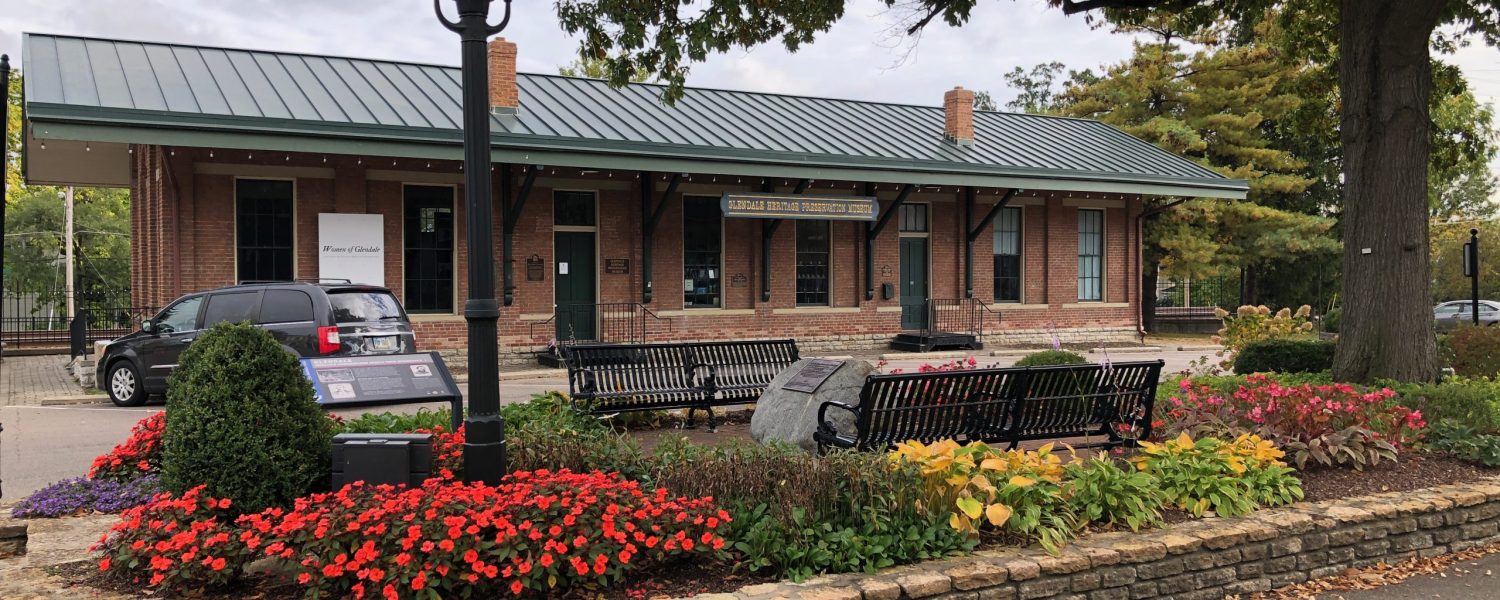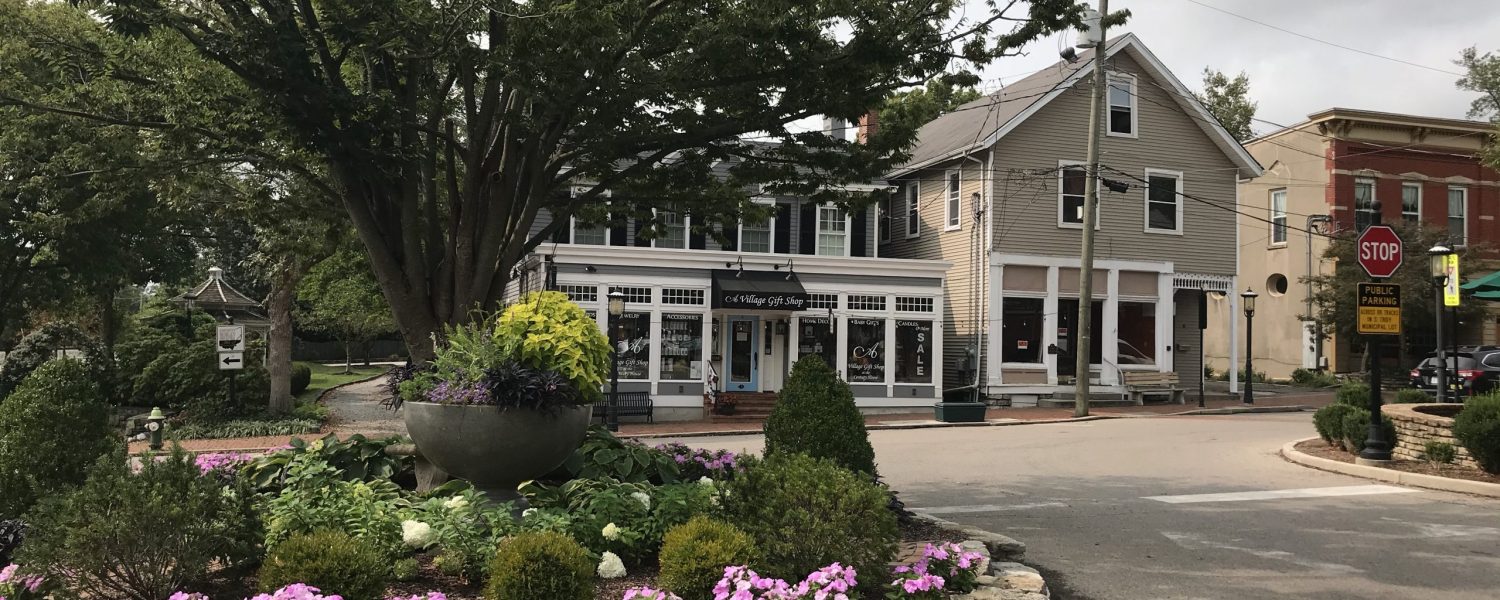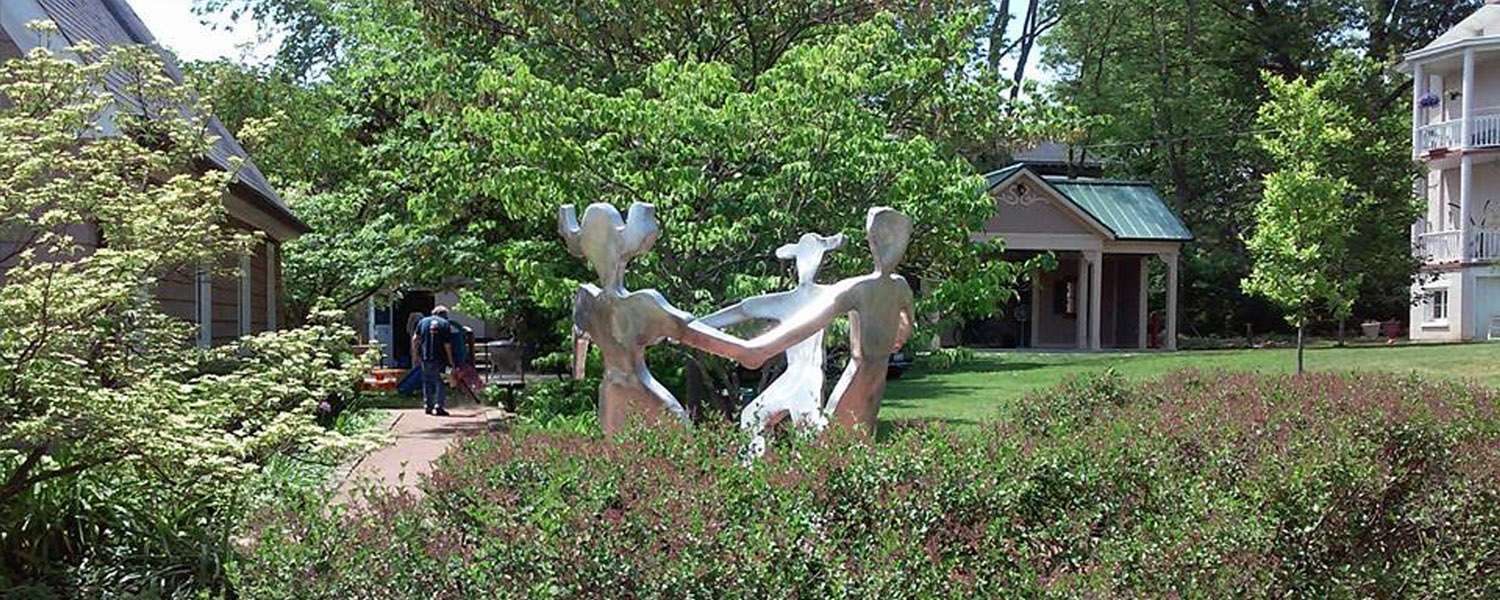Eleanor Eckstein
1811 – 1900
Eleanor Eckstein, the namesake of Eckstein School, was a dedicated educator who began teaching black children in a barn behind her house at 45 East Fountain Avenue in 1860. A neighbor, Angie Richardson, recalled that the students were taught “useful skills like sewing and cooking as well as reading and writing.” The community considered Miss Eckstein’s work, first as a volunteer and later as a paid teacher, to be exceptional.
Eleanor came from a family of teachers. Her mother, Jane Bailey Eckstein, founded and operated the first boarding school for young ladies in downtown Cincinnati with her three Bailey siblings shortly after moving there from Philadelphia around 1817. Eleanor’s father, Frederick Eckstein, was an artist and sculptor who taught at the Bailey school. Mary Eckstein Kinmont, Eleanor’s sister, operated a school for boys in Cincinnati with her husband, a brilliant Scottish scholar, Alexander Kinmont. After he died in 1838, Mary moved to Glendale to live with her sisters Eleanor and Frances on Fountain Avenue.
As a result of Eleanor Eckstein’s actions, in 1870 Glendale opened its first school “for the education of the colored children,” known as the “Icehouse School.” While Eleanor’s efforts were appreciated, African Americans wanted their students to have teachers of their own race. When the school board opened a new one-story frame schoolhouse for black children in 1879, Eleanor stepped down so that an African American could take her place.
In 1887, the Ohio Legislature passed the Arnett law, which required the same educational opportunities for students of all races. Glendale complied by closing the colored school behind the Town Hall and sending Glendale’s black children to the school on Congress Avenue.
When the Congress Avenue School became overcrowded, a new separate school for blacks was established. In 1915, John J. Burchenal, a Procter and Gamble executive and member of the school board, donated the Verdin house at 42 Washington Avenue “to provide additional room for the colored children of the first five grades.” Named in honor of Eleanor Eckstein, the school operated successfully until 1958. It closed following a lawsuit filed by the NAACP, which closely coincided with the landmark Brown vs. Board of Education decision to end segregation.

